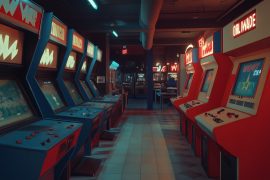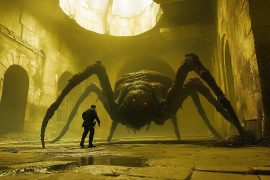5 PC Games From the 90s That I Still Play Today
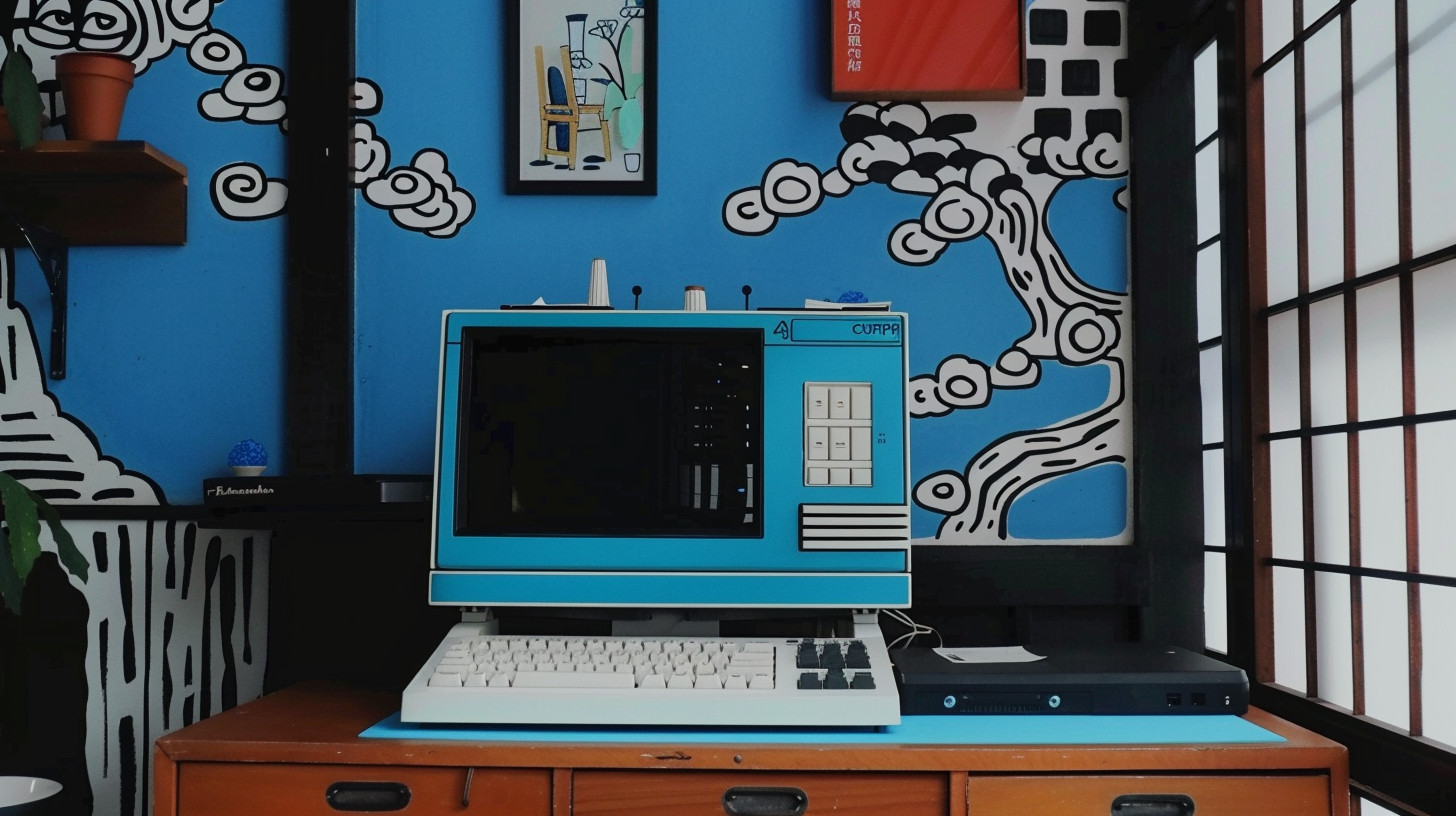
My Gateway 2000 arrived on a Tuesday afternoon in 1994, delivered by two guys who looked like they’d rather be anywhere else. The massive cardboard box with the cow-spot pattern sat in our living room like a monolith, promising digital wonders I’d only read about in PC Gamer magazines borrowed from the library. That beige tower with its matching CRT monitor represented an investment my parents had to be convinced was “educational,” a pitch I delivered with the desperation of a 16-year-old who’d been saving birthday money for two years to cover half the cost.
What I didn’t tell them was that this machine—sporting a blazing fast 486DX2/66 processor, 8 whopping megabytes of RAM, and a 420MB hard drive that seemed impossibly vast—wasn’t going to be running educational software much. This was my gaming rig, my passport to worlds that the Super Nintendo in the basement couldn’t deliver. Sure, I had Microsoft Encarta installed performatively for when my parents walked by, but the moment they were out of sight, I was swapping CD-ROMs or typing arcane DOS commands to launch digital adventures.
What’s strange isn’t that I played those games obsessively back then—what’s strange is that nearly 30 years later, some of those same titles are still installed on my modern gaming PC, coexisting alongside games with 4K textures and ray-tracing. They’re digital comfort food, games that have followed me through college, my first apartment, marriage, career changes, and now middle age. Their pixels may be chunky and their interfaces may be clunky, but they offer something timeless that keeps pulling me back.
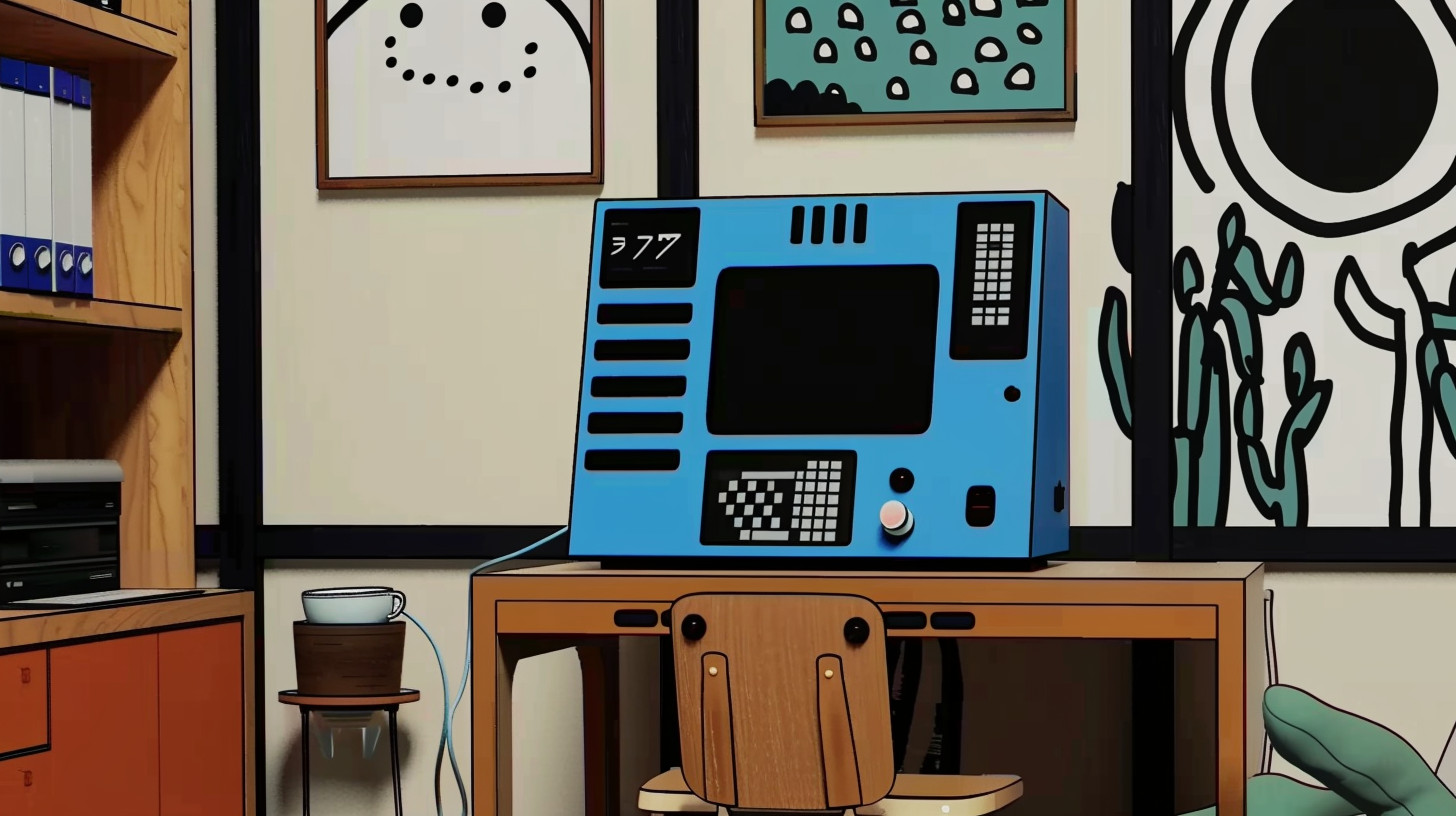
Civilization remains my longest gaming relationship, a constant companion since I first installed it from a stack of 3.5″ floppy disks. Sid Meier’s masterpiece of “just one more turn” addiction has evolved through numerous sequels, but there’s something beautifully elegant about the original that I can’t quit. The simplicity of the sprites, the cheerful advisor faces, the way the AI personalities were conveyed through just a few lines of text—it all created a perfect balance of complexity and accessibility that modern 4X games sometimes lose under mountains of systems and subsystems.
I still remember my first full game victory. It was during winter break my junior year of high school, and I’d started a game as the Romans on Thursday night. By Saturday morning, I emerged from my room, bleary-eyed and slightly disoriented, having pulled an accidental all-nighter. My mom took one look at me and said, “You look terrible. Are you sick?” I tried to explain that I had just guided a civilization from the Stone Age to space travel, but the dark circles under my eyes undermined any argument that this was a healthy activity.
These days, I keep the original Civ installed through GOG’s digital distribution, which handles all the DOSBox configuration for seamless play on Windows 11. Sometimes after a particularly stressful workday, I’ll fire it up and lose myself for an hour—which inevitably stretches to three—as I carefully position settlers and negotiate with Montezuma. My wife has learned to recognize the distinct music and will occasionally peer over my shoulder with a mix of amusement and concern. “Are you playing that ancient game again?” she’ll ask. I’ve tried explaining the perfect game design principles at work, the elegant balance of systems, but she just smiles and says, “Whatever makes you happy, honey,” in that tone that suggests she thinks I’m slightly crazy but loves me anyway.
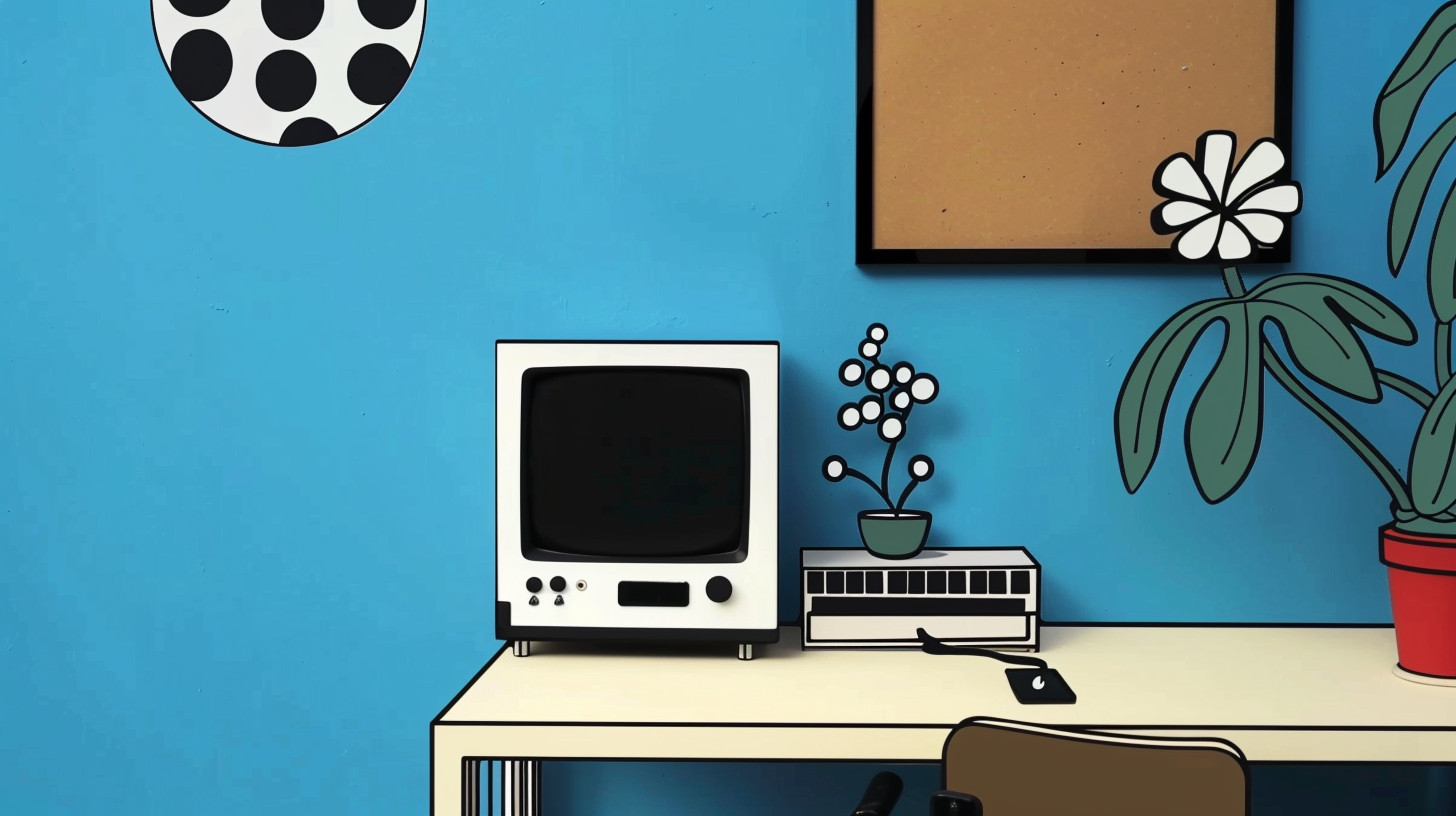
Fallout grabbed me later in the decade, around 1997, when I was in college and my roommate Eric brought it back to our dorm. “You have to try this,” he insisted, installing it on my newer Pentium machine while I was trying to finish a paper. The moment I emerged from Vault 13 into that desolate wasteland with nothing but a jumpsuit and a vague mission to find a water chip, I was hooked. The paper was turned in late, earning me a stern look from my English professor, but it was worth it—I’d discovered a post-apocalyptic RPG that would influence how I judged all future games in the genre.
What keeps me coming back to the original Fallout isn’t just nostalgia—it’s the unmatched atmosphere, the pitch-black humor, and the genuine role-playing freedom it offered. Modern RPGs often feel like elaborate choose-your-own-adventure books, but Fallout was a true sandbox of moral choices and problem-solving approaches. Want to talk your way through nearly the entire game? Possible. Prefer to shoot first and loot the corpses? Also viable. The isometric view and turn-based combat might seem dated, but they allow for a tactical depth that some modern first-person RPGs sacrifice for immediacy.
I’ve lost count of how many times I’ve rebuilt my character in Fallout, trying different approaches each time. My latest run was a high-intelligence, low-strength character who relied on wit and diplomacy—until a certain super mutant stronghold forced me to reluctantly invest in some serious firepower. The game still surprises me, even after dozens of playthroughs. Just last month, I discovered a dialogue option with a minor NPC in Junktown that I’d somehow never seen before, leading to a small side quest I’d completely missed. That moment of discovery, over 25 years after the game’s release, felt as rewarding as any achievement in a modern title.

Thanks to Steam and GOG, getting Fallout running on modern systems is trivial now, though I still keep a txt file of console commands and fixes for the occasional crash. The modding community has been a godsend, creating high-resolution patches and bug fixes that the original developers could never have anticipated. There’s something beautiful about seeing a community of players preserve and enhance these experiences for new generations, a digital conservation effort that keeps these worlds alive.
SimCity 2000 was my gateway drug into simulation games, a genre I’d largely ignored until I spotted that distinctive blue box on the shelf at Babbage’s in 1994. I was initially skeptical—building a virtual city seemed less exciting than saving the world or battling aliens—but a demo station at the store changed my mind. Twenty minutes later, I was at the register, prepared to spend a painful percentage of my summer lawn-mowing money on what would become one of my all-time favorite games.
The genius of SimCity 2000 was how it made complex systems accessible without dumbing them down. The isometric view, which seemed so futuristic at the time, gave your cities a presence that the original top-down SimCity lacked. I’d spend hours carefully zoning residential areas, positioning power plants (always far from my nicest neighborhoods, revealing my early grasp of environmental classism), and meticulously building my transit network. When my first city reached 100,000 simulated citizens, I printed out a screenshot on our painfully slow inkjet printer and actually framed it. My dad saw it on my desk and asked, “Is this for a school project?” I said yes, because explaining that I was proud of a fictional city seemed weird even to me.
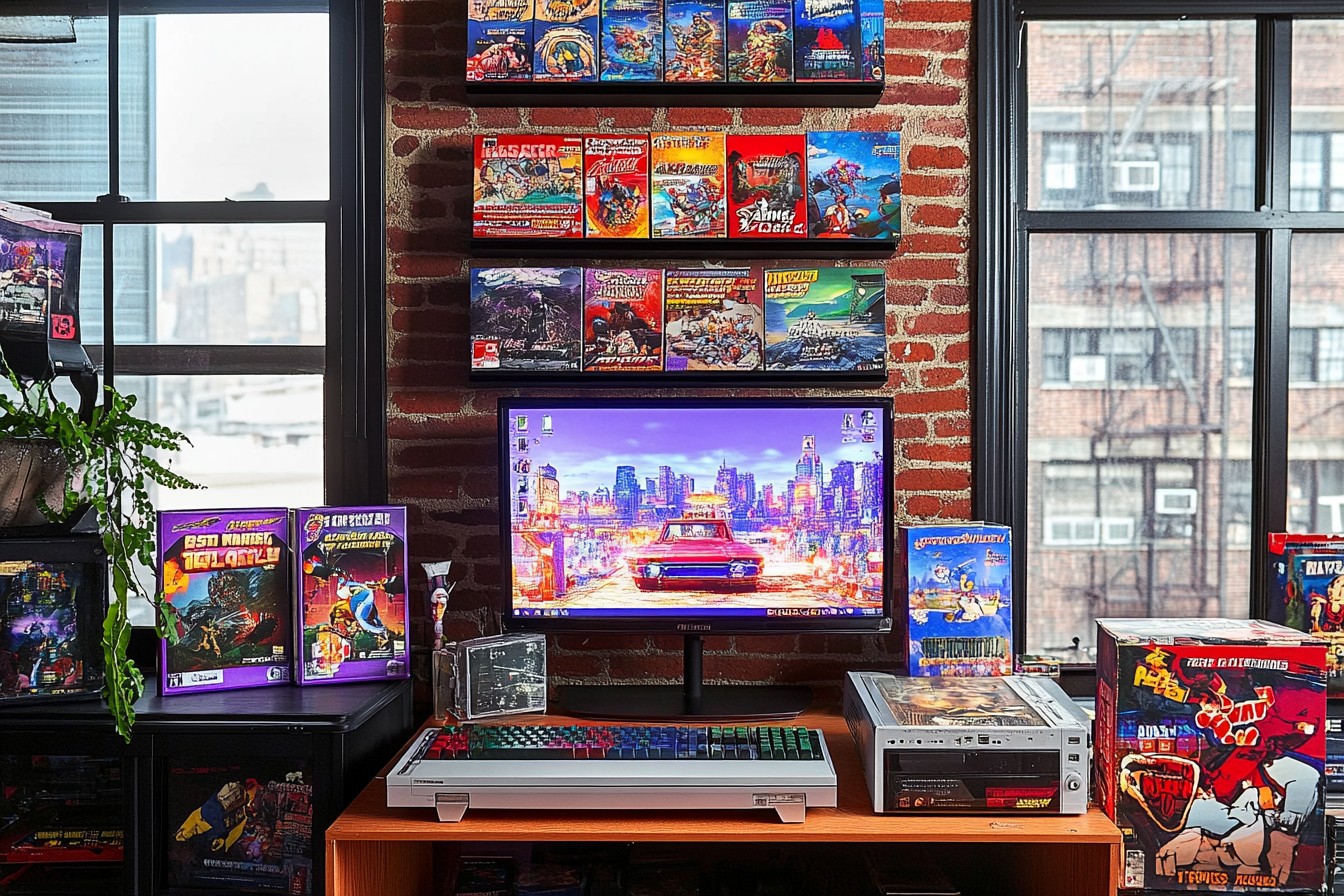
Will Wright’s creation taught me more about urban planning, economics, and the delicate balance of social systems than any textbook could have. I still boot it up occasionally, usually after visiting a new city in real life, curious to see if I can recreate and perhaps improve upon the urban layout I experienced. My recent attempt to rebuild my hometown was humbling—turns out I’m not smarter than several generations of actual city planners, despite my teenage confidence to the contrary.
Running SimCity 2000 on modern hardware used to require some technical gymnastics, but thankfully EA released a version on Origin that plays nice with current Windows. The community-made mods add everything from new building sets to more sophisticated simulation options, though I usually play the vanilla version for that pure hit of nostalgia. The distinctive sound effects—from the satisfying “zzzzt” of placing power lines to the chirpy advisor interruptions—are burned into my brain’s auditory cortex. Sometimes my wife will catch me humming the construction music while working on house projects, an unconscious tell that I’m mentally placing zones and roads instead of focusing on whatever IKEA furniture I’m supposed to be assembling.
DOOM isn’t just a game I still play—it’s a game I’ve purchased at least seven times across different platforms, making it possibly my most financially supported entertainment product ever. My first experience with id Software’s demon-slaying masterpiece wasn’t even on my own computer; it was at Tom’s house, where his older brother had installed it on their family PC. We waited until his parents went out for dinner, then huddled around the monitor in the den, jumping at every pixelated imp screech. When I finally got my own copy, I played through the shareware episode so many times I could navigate E1M1 with my eyes closed, which I actually tried once on a dare (it went poorly).
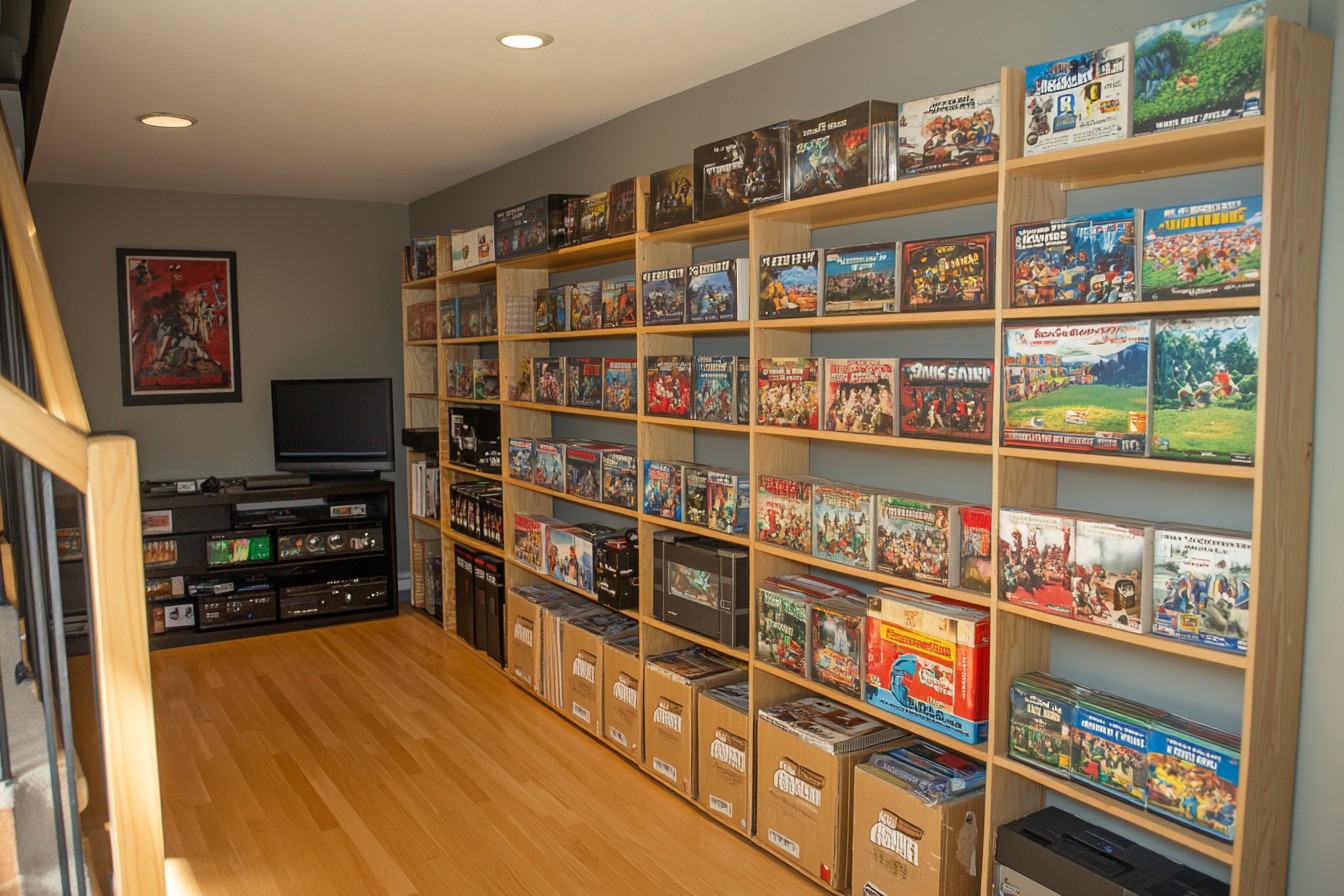
What makes DOOM eternally playable isn’t just the perfectly tuned combat or the cleverly designed levels—it’s how the game has evolved alongside technology while remaining fundamentally itself. Thanks to id’s decision to release the source code in 1997, DOOM has been ported to literally everything with a screen (including some calculators and ATMs, if internet legends are to be believed). The modding community has created thousands of new levels, gameplay tweaks, and visual enhancements, ensuring that this 1993 game remains playable—and enjoyable—on hardware its developers could never have imagined.
My current DOOM setup uses GZDoom, a souped-up source port that adds modern rendering features while maintaining the core gameplay. With high-resolution textures, dynamic lighting, and even some ray-tracing effects, it looks like what my teenage brain imagined I was seeing, rather than what was actually on screen. Yet underneath these visual enhancements, it’s still the same brilliant game design—fast, intuitive, and perfectly balanced. I’ve introduced younger coworkers to DOOM through these modernized ports, and after the initial “these graphics are so old” reactions, they’re usually leaning forward in their chairs within minutes, completely engrossed in gameplay that has aged like fine wine.
I maintain a folder of about 20 favorite WADs (the custom level packages for DOOM), rotating through them when I need a quick gaming fix but don’t have time to invest in something more involved. There’s something deeply satisfying about the simplicity of DOOM’s premise—here’s a shotgun, there are demons, have fun—that cuts through the complexity that can sometimes make modern games feel like part-time jobs. No crafting systems, no dialogue trees, no morality meters—just pure, adrenaline-fueled action that delivers dopamine with industrial efficiency.
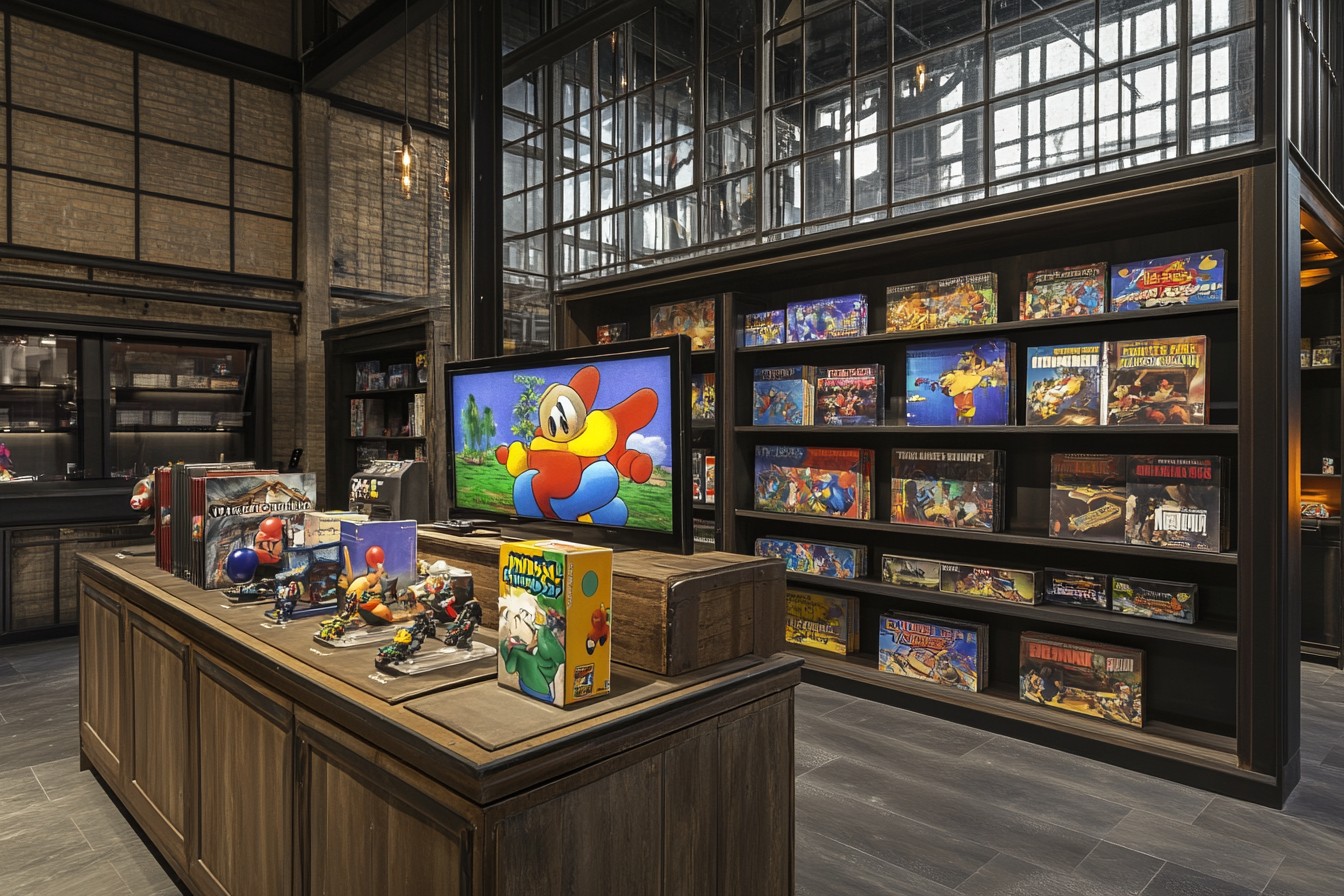
Diablo rounded out the 90s for me, arriving during my sophomore year of college when my gaming time was supposedly limited by academic responsibilities. Blizzard’s dark action RPG was like nothing I’d played before—atmospheric, addictive, and perfectly suited for both short sessions between classes and marathon all-nighters during breaks. The simple click-to-kill mechanics masked surprising depth, and the random loot system created a reward loop that kept me coming back long after I’d seen all the game’s content.
I first installed Diablo in my dorm room, unaware of the digital demon I was unleashing. My roommate Brad, who wasn’t a gamer, became collateral damage in my obsession—the clicking of my mouse at 3 AM eventually led to a passive-aggressive conversation about “sleep hygiene” and “basic human consideration.” As a compromise, I started using headphones, which actually made the experience even more immersive. The haunting soundtrack and ambient audio design pulled me deeper into Tristram’s troubles, and the whispered “fresh meat” from the Butcher still occasionally visits my dreams.
Multiplayer Diablo over Battle.net was my introduction to online gaming, a concept that seems mundane now but felt revolutionary in 1997. Connecting with strangers to delve into randomly generated dungeons created some memorable moments—like the time a obviously-much-younger player gifted me a duplicated (definitely hacked) set of godly equipment, then asked if I was “a hot girl gamer” in chat. I, a decidedly not-hot 19-year-old guy in sweatpants eating microwave burritos, awkwardly logged off rather than disappoint him.
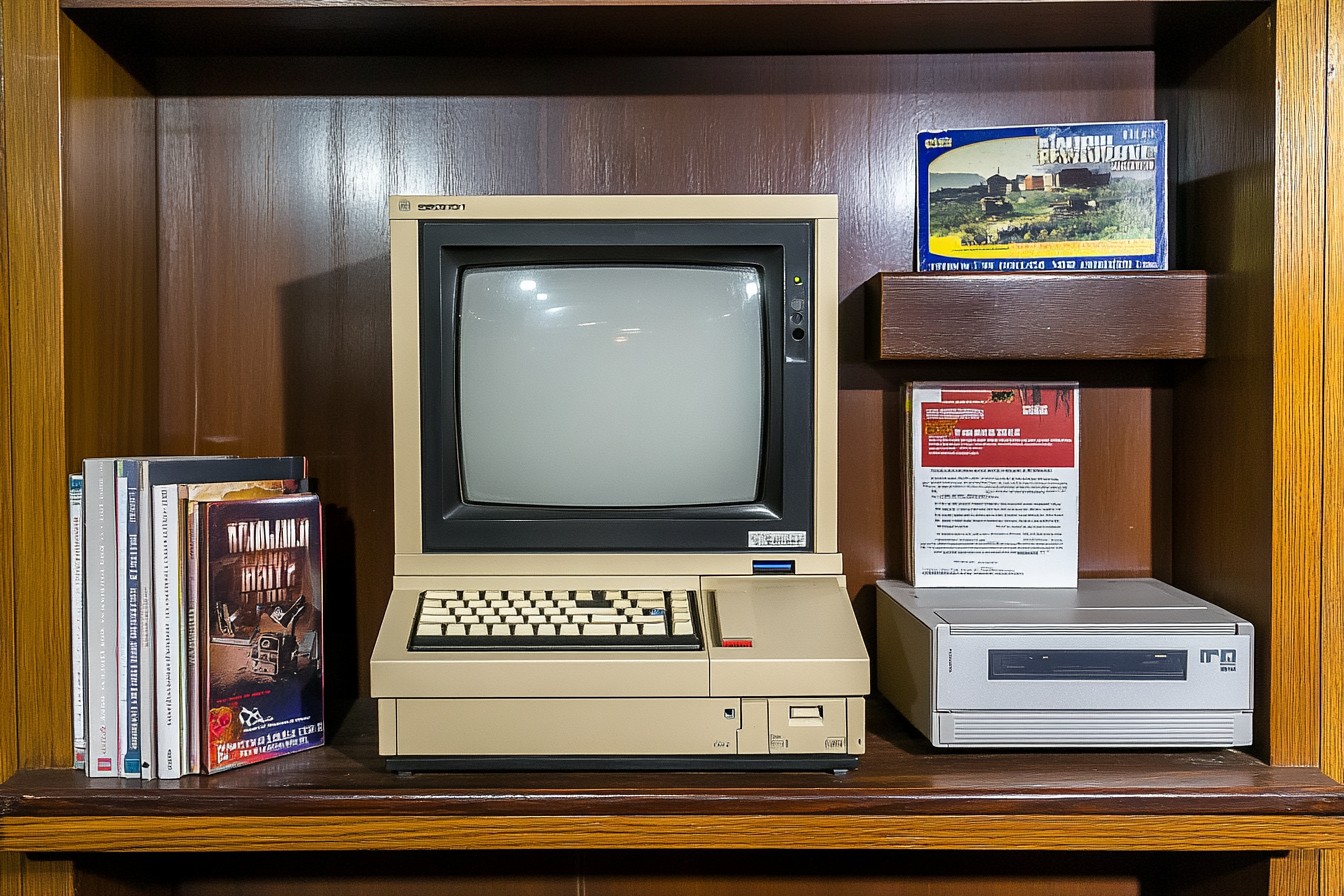
Today’s Diablo runs perfectly on modern systems thanks to Blizzard’s continued support, though I sometimes use mods like Belzebub that add quality-of-life improvements while maintaining the core experience. The original’s pixelated graphics have a distinct charm that even Diablo IV’s cutting-edge visuals can’t quite replace—there’s an imaginative space created by those limited visuals, where your mind fills in the gruesome details that technology couldn’t show. It’s like the difference between reading a horror novel and watching a horror movie; sometimes, what you imagine is more effective than what you’re shown.
Getting these classics running on modern hardware ranges from trivial to moderately challenging, depending on the game. Digital distribution platforms like GOG have been a godsend for preservation, often handling all the compatibility work through pre-configured DOSBox setups or custom patches. Steam’s massive library includes many 90s classics, though sometimes with less attention to compatibility issues. For more obscure titles or specific versions, there’s the legally gray area of abandonware sites, which preserve games whose publishers have vanished into corporate history.
The PC gaming preservation community deserves massive credit for keeping these experiences accessible. From reverse-engineering efforts to documentation projects, passionate gamers have done work that commercial entities often deemed unprofitable. When I think about how much cultural history would be lost without these grassroots efforts, it makes me both grateful and concerned about more recent games with online requirements and server dependencies. Will today’s live service games be playable in 25 years? I’m skeptical.
The evolution of hardware requirements from my original Gateway to my current RGB-lit gaming rig is almost comical. Games that once demanded your entire system’s resources now run in windowed mode while I have multiple browser tabs open, a video playing on my second monitor, and Discord running in the background. My 486 with 8MB of RAM struggled to run DOOM smoothly at times; my current PC could theoretically run thousands of instances simultaneously without breaking a sweat. Yet the core experiences remain just as engaging, proving that good game design transcends technical limitations.
There’s a certain irony in how these decades-old games fit into my current gaming habits. Between demanding work schedules, family responsibilities, and the general acceleration of adult life, I often don’t have the time to invest in learning complex new titles. These classics from the 90s offer an accessibility that many modern games don’t—I can drop into Civilization for 30 minutes and feel satisfied in a way that barely gets me through the tutorial in some current games. They’re old friends that don’t need lengthy reintroductions.
Sometimes I wonder what games from today will have similar staying power, which titles I’ll still be firing up in 2050 when I’m truly old and probably complaining about whatever brain-interface gaming the kids are into these days. Will they have the same fundamental playability, the same elegant design that transcends their technical limitations? Or will they feel hopelessly tied to the era that produced them, reliant on online services long shuttered or cultural references long forgotten?
I suspect the survivors will share the qualities that keep these 90s classics on my hard drive: strong core mechanics, moddability that allows communities to maintain them, and experiences that speak to something timeless in how we play. For now, though, I’m happy with my digital time capsule of 90s PC gaming, these perfect little windows into both digital worlds and my own past. If you need me, I’ll be taking just one more turn in Civilization. I promise it won’t take long.


